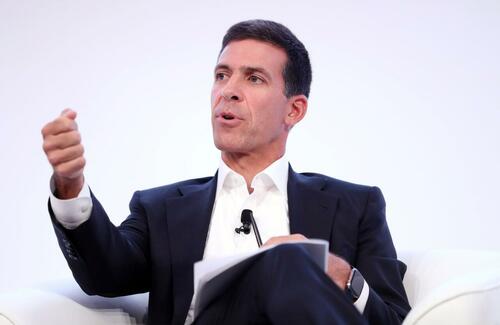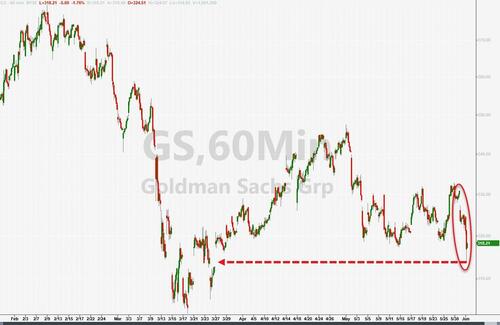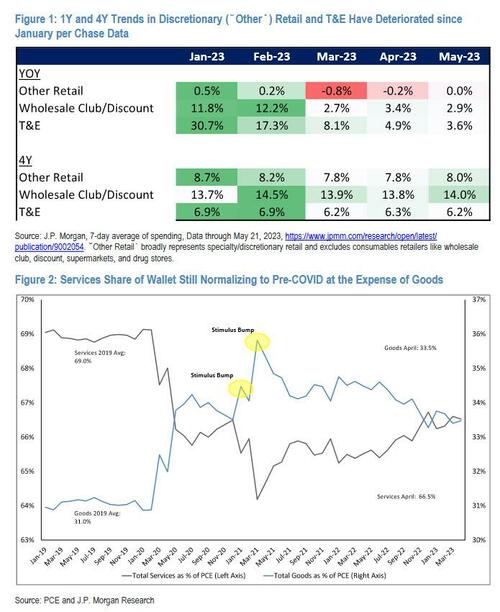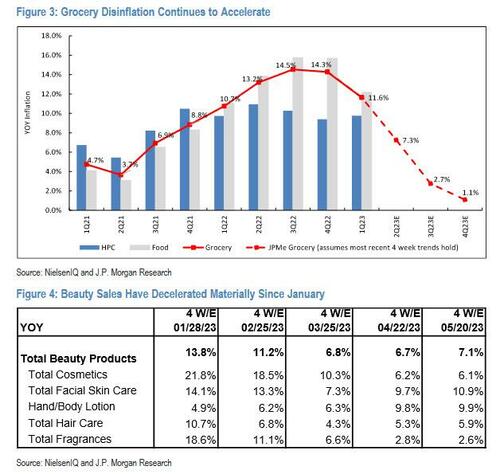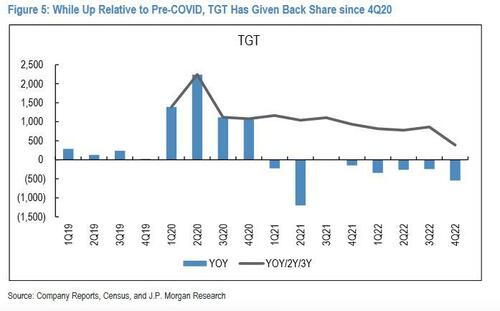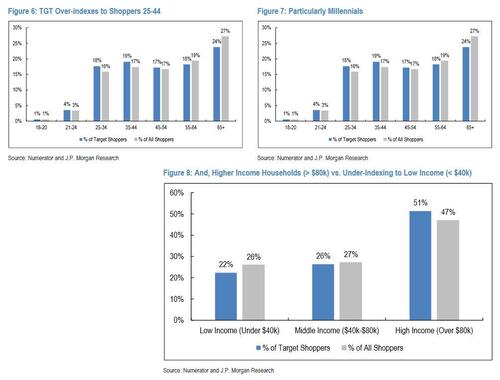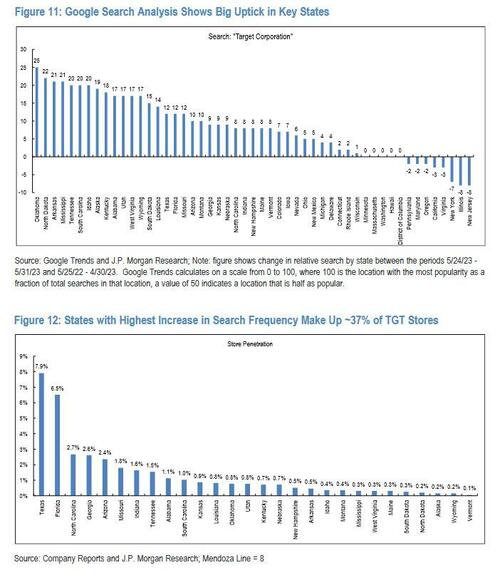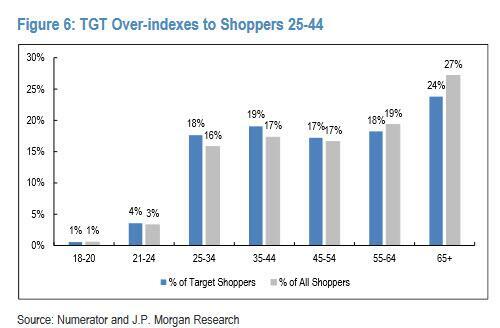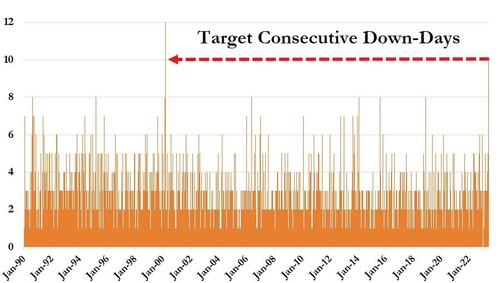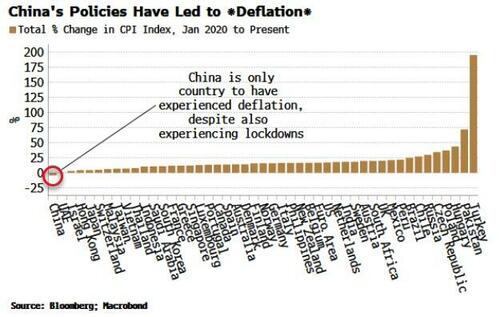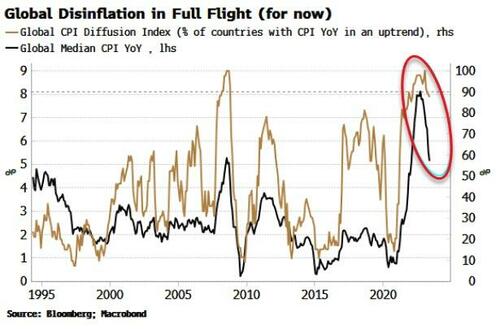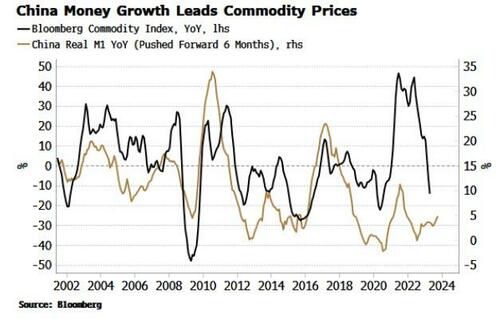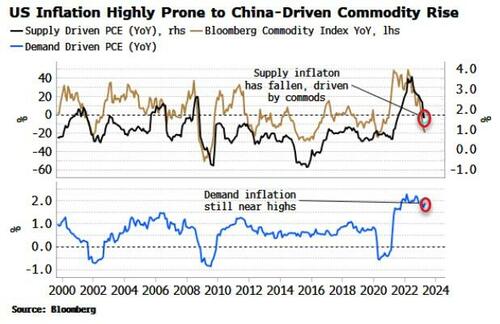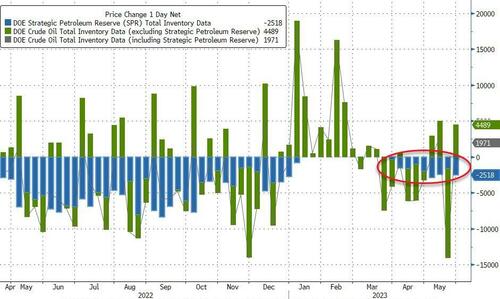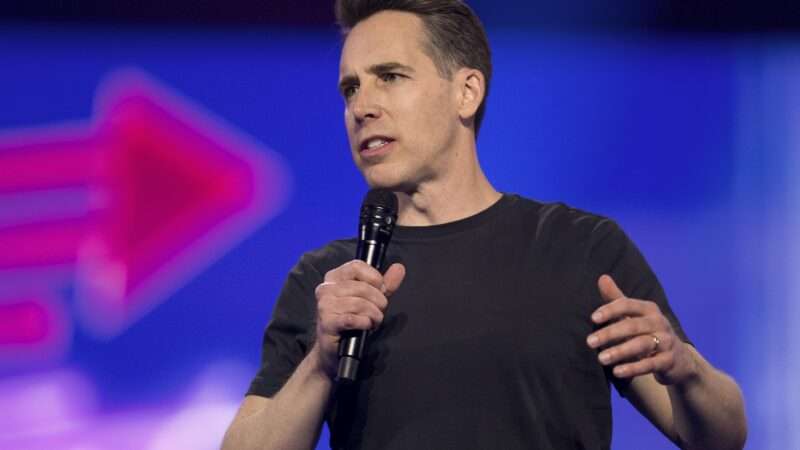In January 2023, just days after her inauguration, Arizona’s new Democratic governor, Katie Hobbs, used her first State of the State speech to bemoan the high and rising price of housing.
“Our state is no stranger to the boom-and-bust housing cycles—but this is something wholly different,” she said. “Three Arizona cities—Tucson, Mesa, and Phoenix—have seen some of the highest rent increases in the nation. The number of individuals experiencing homelessness has risen significantly in recent years.”
The moment seemed ripe for reform.
Just a few weeks later, however, the new governor killed a bill that would have eventually zeroed out about $300 million a year in taxes people pay on their housing costs. In February, Hobbs vetoed legislation that would have barred local governments from charging taxes on the rents tenants pay.
Ending Arizona’s quixotic local rent taxes has long been a goal of the state’s Republicans, who argue they cost renters hundreds of millions of dollars a year. Soaring housing costs and big municipal budget surpluses even brought around a couple of Democrats in the polarized Legislature.
But those savings to taxpayers also meant $300 million of red ink for Arizona’s local governments. Eliminating rent taxes was a non-starter for Arizona localities’ influential state lobbying arm, the Arizona League of Cities and Towns.
“This bill does not provide meaningful relief, will likely harm those it’s purported to help, and will likely only accomplish providing a tax break for landlords,” said league president and Yuma Mayor Douglas Nicholls in a press release distributed by Hobbs’ office.
According to the author of the rent tax legislation, Arizona Sen. Steve Kaiser (R–Phoenix), the league’s opposition sealed his bill’s fate. “It’s 100 percent” the league, he told Reason in February. “They have a lot of control and influence over the governor right now.”
With the exception of Hawaii, which doesn’t have municipalities, every state in the country has an association of city governments dedicated to influencing state policy.
Funded by dues from city budgets and controlled by elected city officials, these organizations have exerted formidable influence on state-level lawmaking, almost always with the singular goal of preserving municipalities’ maximum autonomy to tax and regulate as they see fit.
And because the dues-paying municipalities are public entities funded by tax revenues, they have done so at considerable public expense.
Over the past decade, these leagues of cities have increasingly sparred with free market activists trying to put state guardrails on municipal regulation and conservative state legislators eager to overturn the policies of large, liberal cities.
Meanwhile, the country’s widening housing crisis has opened a new front in this war over local control.
During COVID, millions of Americans left expensive coastal cities for life in the Sunbelt and Mountain West. The sudden inflows to Texas, Colorado, Montana, and beyond accelerated already rising home prices and rents. Affordability problems that were once thought safely contained in New York and San Francisco have spread to the rest of the country.
In response, a bipartisan mix of policy makers is taking a fresh, critical look at how local housing regulations are gumming up the new construction needed to moderate these sudden price spikes.
In state capitols across the American West, both Democrats and Republican lawmakers have introduced very similar bills that would override existing local housing regulations in favor of more permissive state rules. These state policies would streamline the approval of new homes, allow more units to be built on less land, and legalize less expensive types of housing.
These bills are supported by an oddball coalition of left-leaning housing affordability advocates, right-leaning property rights supporters, environmentalists, and libertarian policy wonks.
At the state level, these reforms are always opposed by taxpayer-funded leagues of cities. State-level zoning preemption represents an existential threat to their members and their mission.
Leagues of cities have proven remarkably effective at besting bipartisan pro-housing reforms with the argument that local governments know their communities best, so local control should prevail—housing crisis or no.
Home Rulers
War and peace and national economic policy are still decided in Washington, D.C. But localities exercise considerable control over the fine details of the average American’s day-to-day life. Whether you can start a small business in your garage, get a straw with your soda, or shoot off fireworks on the Fourth of July is determined by city hall.
It wasn’t always this way. For much of the country’s early history, local governments were comparatively toothless. The U.S. Constitution gives them no powers or protections. Anything mayors and city councilors wanted to do, even just pave the streets, required them to ask state legislators.
But around the turn of the 20th century, municipal governments were rescued from obscurity by the “home rule” revolution.
The idea was “there’s some natural domain of policy that cities have and can be defined by constitutions,” says Yale Law School professor David Schleicher. “The progressives pushed this form of home rule to rationalize government. They also hated state legislatures, which they thought were super, super corrupt.”
In the 1950s, the National League of Cities—then the American Municipal Association—spread a model home-rule law that continues to set the basic relationship between state and local governments today. Schleicher describes it as “great powers for cities to do things but no protections against override” from state governments.
Sweeping powers to tax and regulate combined with the ever-present threat that state lawmakers might take those powers away gives cities and their state-level associations a powerful incentive to lobby.
In her 2021 book When Cities Lobby, New York University political scientist Julia Payson notes that local governments are often the largest spenders of lobbying dollars at state capitals. For instance, from 1999 to 2014, local governments in California spent up to $100 million a year of taxpayer money on lobbying, more than any other interest group. They outstripped influential labor unions’ lobbying spending by a 3–1 ratio.
The purpose of this influence operation is simple and explicit.
“That deep desire for local decision-making is the common thread that continues to link municipal officials across time, geography, and political ideology,” wrote Clarence Anthony, the executive director and CEO of the National League of Cities, in 2020.
Payson is more succinct when she writes that cities lobby primarily for “more money, greater autonomy, fewer mandates, and increased institutional power.”
Individual municipalities collectively spend the bulk of lobbying dollars. But their efforts are often directed at competing against other cities for state funding for local projects. Leagues of cities play a crucial role in fighting for cities’ interests in local control generally.
Payson’s book notes that state municipal associations collectively represent 95 percent of all municipal governments. In each association’s charter is a commitment to two goals: ensuring state funding for cities and opposing legislation reducing local authority. It’s less common for charters to mention specific policy goals like reducing homelessness or protecting public employee benefits.
In one sense, leagues of cities are no different from the Farm Bureau, the Teamsters, or any other interest group that tries to influence policies to the benefit of its members.
What makes them distinct, and controversial, is they’re controlled by local elected officials using public resources for their lobbying efforts.
“This isn’t some private entity, pursuing private interests. It’s literally a collection of local governments that exists for advocating for local governments, not its citizens,” says Jon Riches, an attorney with the Goldwater Institute, an Arizona-based free market think tank.
Riches notes that employees of the League of Arizona Cities and Towns draw from the state’s public pension system. At the same time, Riches complains that they don’t have to respond to public records requests like a normal public entity. In that respect, they are treated like a private organization.
The ability to draw from public resources makes them a powerful lobbying group at the state level, where interest groups are often less well-funded and organized, says Schleicher.
The Arizona league has an annual revenue of about $3.4 million, with $2.2 million of that coming from taxpayer-funded dues from its municipal members. That makes it about half the size of the influential Arizona Education Association (the teachers union) and about the same size as the Arizona Multi-Family Housing Association (which represents developers).
That comparison probably understates its influence at the state Capitol given just how focused the league is on lobbying state legislation. The Arizona league employs three in-house staff primarily focused on legislative issues. In FY 2023, it also spent $330,000 (or 10 percent of its budget) on contract lobbying and consulting services.
“The challenge with taxpayers funding lobbyists is that they’re being forced to pay for services that typically run contrary to their interests,” Chuck DeVore, then-vice president of the Texas Public Policy Foundation, told Reason in 2017. Lobbyists with the Texas Municipal League, he says, “invariably lobby for bigger government, more borrowing, higher spending, and more regulation.” Leagues of cities are dedicated almost exclusively to fighting limits on their taxing and regulatory authority.
The Goldwater Institute has fought the Arizona League of Cities and Towns on a number of policy issues, including bills the institute has sponsored to protect home-based businesses, prevent municipal employees from engaging in union activism on the job, and regulate short-term rentals.
League staff themselves say they play a vital role in the public policy-making process. They offer state lawmakers the invaluable perspective of local governments on how best to respond to local issues.
“We represent the governments that are closest to the people,” says Tom Savage, legislative director of the Arizona League of Cities and Towns. “When we come down to engage with our legislators on issues that they’re considering, we try to inform them of the decisions they’re making and how they’re going to impact their constituents at the local level.”
Responding to criticisms about transparency, Savage argues that the Arizona league is exceptionally open about its operations. “Everything we do when we talk to our 25-member executive board, all of those conversations are occurring in an open meeting format. They’re open to the public, we post our agendas online, we post our minutes online,” he says.
Leagues of cities strive to appear bipartisan. They represent big liberal cities and small conservative towns as local governments first.
That task has become more difficult over the past decade. Growing Republican strength in state legislatures, and their waning influence in municipal governments, has seen conservatives get increasingly on board with state preemption.
In a 2020 research brief, the National League of Cities notes that laws preempting minimum wage increases, local gun control measures, expanded anti-discrimination laws, and more have spread like wildfire over the past decade. State leagues’ mission increasingly shifted to stopping these conservative initiatives.
Saving them from becoming a liberal influence group by default is the most partisan-scrambled issue of all, one that up until now cities have had the most authority over: housing.
States vs. Cities
In January, at a meeting of the Montana House of Representatives Local Government Committee, Rep. Katie Zolnikov (R–Billings) rose to make the case for her bill to create a minimum lot size of 2,500 square feet across the state.
The bill was designed to allow smaller lots than many Montana localities currently allow. Larger lot requirements drive up home prices by forcing builders to use more land per house.
Putting some state-level “sideboards” on excessive minimum lot size regulations would help bring Montana’s spiking COVID-era prices back down to earth, Zolnikov told the committee. “This gives landowners more freedoms to develop their property in a way that serves the demand for their community.”
There’s a growing consensus in policy circles that housing is expensive because zoning regulations make it difficult to build more of it. Most of those regulations are imposed by local governments. In response, some advocates have pushed for state legislatures to override local regulations with lighter, more pro-growth state zoning rules.
The move toward preemption has scrambled partisan factions—and the weird new divide was apparent at the Montana committee hearing.
Testifying in favor of Zolnikov’s bill were representatives from the local free market think tank the Frontier Institute, the left-leaning housing advocacy group Shelter WF, the right-leaning Americans for Prosperity, a local environmental advocacy group, and a former Democratic lawmaker.
The opposition was far more selective. It included only a spokesperson for the Montana League of Cities and Towns, a small-town mayor who was also a director with the league, several local government employees, and a member of the state’s city planning association.
Opponents’ arguments against the bill focused almost exclusively on the merits of local control of housing policy.
“It shouldn’t be forced upon every community regardless of local circumstances. I’m not joking when I tell you that has only been done in California under Gov. Gavin Newsom,” said the representative from the Montana league.
This unified local opposition proved persuasive. Zolnikov’s bill officially died in the Legislature in March.
“Unfortunately, virtually always, it’s leagues of cities organizations that are fighting to kill these bills that would put guardrails around local planning,” says Nolan Gray, research director for housing advocacy group California YIMBY (and occasional Reason contributor), which stands for Yes In My Back Yard.
Gray testified in favor of Zolnikov’s bill at that January hearing. A few months later, he testified in support of Senate Bill 23-213 in Colorado, a bill crafted by the state’s Democratic Gov. Jared Polis that would require cities to allow a wider range of dwellings, with a focus on increasing density.
At that hearing, the bill’s supporters included a diverse array of environmentalists, YIMBY housing advocates, homebuilders, and business interests. Its opponents were almost uniformly local governments and associations representing local governments.
When Kaiser’s own sweeping housing reform bill, S.B. 1117—which would have likewise allowed accessory dwelling units (ADUs) everywhere, shrunk minimum lot sizes, pared back height limits, and required faster issuing of permits—was up for its first hearing in February in Arizona, the opposition was once again local officials and the state’s league of cities and towns.
Leagues of cities argue that housing is everywhere and always a local issue and should be decided by local governments with local knowledge.
“There’s nothing more local than what happens in your neighborhood,” says Savage, the Arizona League of Cities legislative director. “There’s no way a state law can reflect the individual needs of these communities.”
At the Montana hearing, the state’s league of cities representative noted that the Legislature could end up approving lot size reform for the whole state after only a few brief committee hearings.
“In our communities, the discussion about whether or not to reduce or eliminate minimum sizes would literally take hours and hours, public meeting after public meeting. You’d be up late into the night having discussions about impacts to the local community in terms of health and safety [and] services,” she said.
For supporters of state-level preemption, routing around all that process is a feature, not a bug. What leagues of cities say is crucial local knowledge, YIMBY zoning reformers argue are often just bad local incentives.
Local governments are often captured by anti-growth residents who are willing to keep regulatory caps on housing if it means quieter streets, less construction noise, higher property values, and less change generally. If that drives up the cost of housing for the state generally, so be it.
“There are just certain types of land use regulations that we know local governments abuse,” says Gray. “It’s gotten us into a place where many cities are not building enough housing. The most affluent neighborhoods and towns are building virtually no housing.”
Because the politics of zoning reform are so scrambled, with Democrats and Republicans on both sides of the issue, nonpartisan groups like leagues of cities can punch above their already considerable weight. That’s particularly true for a policy area that’s long been assumed to be the exclusive domain of cities.
“They have this particular source of authority that comes from sounding neutral. The fact that it sounds so anodyne,” says Schleicher. “They have this added benefit which is that they’re nonpartisan. They are a convenient tool for people opposed to something to point to and say ‘the league of cities opposes it.'”
The confusing and highly technical nature of a lot of zoning policy gives the league, and its assumed expertise, a lot of additional influence, which critics argue they abuse.
Kaiser says there have been two primary reasons people lined up against the Arizona housing bill.
The first is “people don’t understand the bill,” he says. The other is “they just hate it because they’re somehow associated with or close to the league of cities and towns here. They’re a no because [the league] told them to be a no. They trust them.”
Leagues of cities will occasionally make other policy arguments against state zoning reforms that go beyond preserving municipal authority.
At a hearing on Kaiser’s S.B. 1117, a league of cities representative complained that his bill did nothing to guarantee that newly legalized housing would be affordable. Nevertheless, the league is currently opposing a bill that would override zoning controls only for affordable apartments near rail transit lines.
The point is local control. And local control almost always means more control—more regulations, more restrictions, more rules and processes that ultimately make housing more scarce and more expensive.
One can see this clearly in the advocacy of the National League of Cities. The organization has produced reports criticizing “NIMBY politics” and pushed updated model home rule laws that would all but ban states from routing around those NIMBY politics to do the upzoning themselves.
At the state level, leagues of cities have endorsed legislation and reforms that limit public hearings on individual developments and restrict private citizens’ and third parties’ abilities to challenge local governments’ approval of housing. They also often support or are neutral on bills that require them to assess housing needs in their community.
These bills are one example of where protecting the powers of local governments aligns with more housing production. League support for those bills nevertheless cuts against their claims that they’re merely interested in preserving citizen input into local affairs.
Situations where leagues find themselves on the side of more housing are still the exception, not the rule.
Kaiser’s housing bill made it out of committee with bipartisan support but ultimately died on the Arizona Senate floor. Some of the policies from that bill have been included in other pieces of legislation that the league continues to oppose.
Colorado’s zoning reform bill failed in the face of unified Republican opposition and a Democratic caucus split over the idea of state preemption.
Kevin Bommer of the Colorado Municipal League tells Reason his organization could come around to supporting the bill if the state-level preemptions were replaced with a voluntary menu of policy options.
Such a version of the bill managed to pass the Colorado Senate but ran into opposition in the House, where members insisted on preemption measures being included.
Hitting this impasse, Colorado Public Radio said the bill “imploded” in its final hours.
Despite League opposition, the Montana Legislature managed to pass a number of housing reforms, including bills requiring local governments to allow duplexes, triplexes, granny flats, and residential development in commercial zones. A bill supported by housing reformers and the league that limits public hearings on individual development projects also passed.
A League of Their Own
Since their inception, critics of leagues of cities have been trying to take away their tax funding.
In the early and mid-20th century, a flurry of taxpayer lawsuits in California, Ohio, and Arizona challenged the legality or constitutionality of spending city funds on league dues.
In 1944, the Arizona Supreme Court ruled—in a case brought by a Phoenix resident against his city—that league activities weren’t a public purpose and, therefore, couldn’t be funded by municipal tax revenue. That defunded the state league for four years, before a 1948 Supreme Court decision restored cities’ ability to spend tax dollars on the league.
In that latter decision, the court ruled that because the purposes of the league included the improved functioning of municipal government, its purposes were sufficiently “public” to warrant taxpayer funding. And if the league of cities went beyond those purposes, then the judiciary could step in again and revoke its funding.
That hasn’t happened. Instead, critics of tax-funded government lobbying have had to take their case to leagues’ home turf: state legislatures.
The preemption fights of the 2010s have sparked perennial, unsuccessful legislative efforts to eliminate taxpayer funding of lobbying, including the funding of municipal associations.
“If you’re a [lobbyist] in this state, we think you ought not get more taxpayer dollars to lobby for more government. We think you ought not get tax dollars for anything,” says James Quintero of the Texas Public Policy Foundation, which has supported several bills banning public funds from being used for lobbying over the years.
“I think that would fundamentally change the game in a hugely positive way. You would remove this artificial advocacy that exists and is growing government. You would return the people’s house back to the average citizen,” he says.
A Texas bill prohibiting taxpayer dollars from going to lobbying activities passed the state Senate but stalled in the House this year. In Arizona, bills to prohibit league staff from receiving state retirement benefits and to prohibit taxpayer funds from going to lobbying activities both failed.
Schleicher, the Yale professor, is critical of these efforts to totally defund municipal leagues. He says that these groups often support bad policies, including unfettered local control of housing policy. But in a world where local governments get their powers from state governments, it makes sense for them to have organized representation at the state level.
“Cities need to work with state governments. And they can’t work with them if they can’t talk to them,” he says. “In a complex intergovernmental negotiating system, the idea that you’d have someone working in a state Capitol just seems not crazy at all.”
While it’s tempting to blame league advocacy for the failure of every bill that would remove or relax zoning restrictions, it’s also true that public support for these policies is often weak. Organized taxpayer-funded opposition is a headwind on policies that are already a tough sell.
One YIMBY tactic is to encourage housing advocates to show up to planning commission hearings and neighborhood association meetings to make the case for individual projects and more housing generally.
The idea was that these traditional forums for NIMBY politics could be won over to the pro-housing side if people with better ideas showed up. Perhaps something similar can happen with leagues of cities.
In March, the housing policy committee for the League of California Cities met to consider S.B. 4, a bill that would make it easier for churches to build affordable housing on their land. Because it would override local zoning restrictions, one would assume the league would end up opposing it.
Instead, the committee deadlocked on several motions either opposing the bill or demanding amendments to weaken it. It was the first time that the league had deadlocked in this way. (The bill has since passed out of the California Senate.)
“I think there’s a transitional moment. The league has pretty much always taken the position of opposing most major housing bills,” says Sergio Lopez, a city councilmember in Campbell, California, and a member of the league’s housing policy committee who voted against the anti-S.B. 4 resolutions. “There’s a recognition that there’s a constituency, a majority in my community, [that believe] that there’s a need for more housing, and what we’ve done in the past is not going to cut it,” he says.
Leagues of cities are unusual interest groups. They’re publicly funded organizations representing public officials. That gives them great influence over the policy-making process and incentivizes them to push for greater government control at the local level.
It also makes them vulnerable.
Unlike almost every other interest group, leagues of cities’ lobbying arms can have the majority of their funding taken away by state legislators. Changing political views on housing could see their membership replaced with officers and board members more amenable to state zoning reform.
In wars over zoning policy, leagues of cities are both participants and, increasingly, battlefields themselves.
The post NIMBY Cities Are Using Your Tax Dollars To Lobby Against New Housing appeared first on Reason.com.
from Latest https://ift.tt/9nRJa32
via IFTTT
